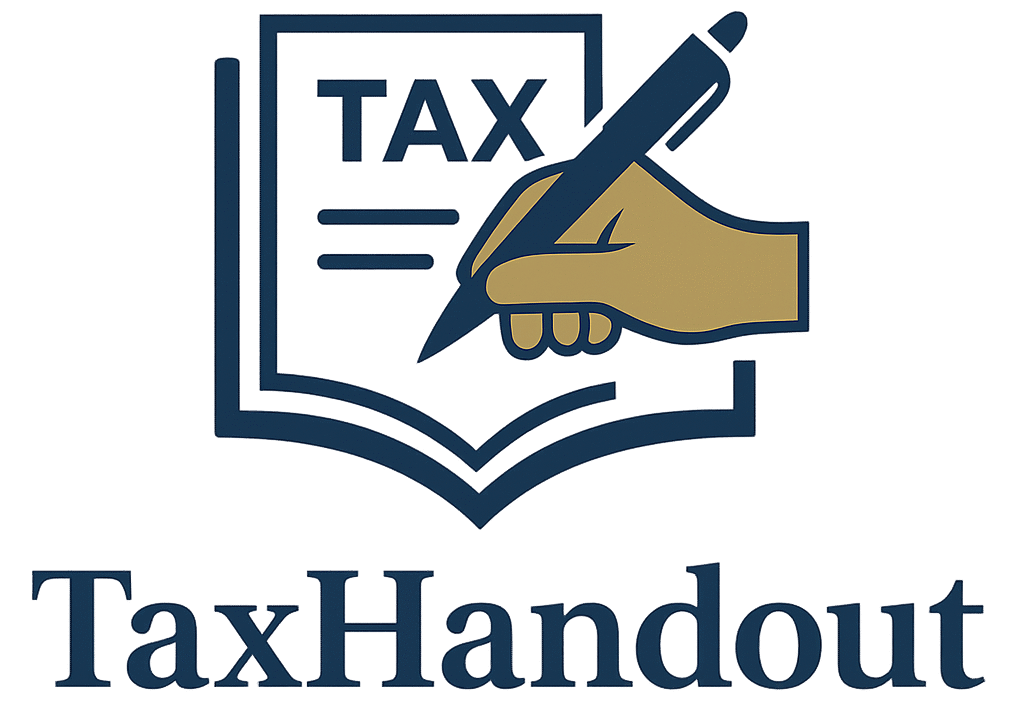The GST law offers a special scheme to dealers in second-hand goods. This scheme is known as the Margin Scheme under rule 32(5), this mechanism allows GST to be paid only on the margin between the selling and purchase price, provided certain conditions are met.
This blog post explains the provisions, legal references, and real-life examples to help businesses and tax professionals understand GST applicability on second-hand goods.
Legal Provision – Rule 32(5) of CGST Rules, 2017
As per Rule 32(5) of the CGST Rules:
Where a taxable supply is provided by a person dealing in buying and selling of second-hand goods (used as such or after minor processing which does not change the nature of the goods), and no ITC has been availed on such purchases, the value of supply shall be difference between selling price and purchase price.
- If the margin is negative, it shall be ignored.
- The supplier does not need to pay GST on the negative margin.
This scheme is also called the valuation on margin basis.
Proviso to Rule 32(5): Special Rule for Repossessed Goods
“Where second-hand goods are repossessed from a defaulting borrower, who is not registered under GST, for the purpose of recovery of a loan or debt, the purchase value of such goods shall be deemed to be the purchase price of the defaulting borrower reduced by 5% for every quarter or part thereof from the date of purchase till the date of disposal by the repossessing person.”
This proviso applies in practical cases of repossession such as:
- Banks and NBFCs repossessing financed vehicles.
- Equipment finance companies recovering industrial machines.
- Retail lending institutions recovering pledged goods.
Eligibility Conditions for Margin Scheme
To qualify under Rule 32(5), the following conditions must be met:
- Supplier must be dealing in second-hand goods.
- The goods must be used goods (used as such or after minor processing not changing its nature).
- The supplier must be registered under GST.
- No ITC should be claimed on purchase of such goods.
Key Notifications
- Notification No. 10/2017-Central Tax (Rate) – Exempts inward supplies of second-hand goods by registered dealers from unregistered persons.
- Notification No. 8/2018-Central Tax (Rate) – Provides valuation based on margin method.
- Notification No. 1/2018-Compensation Cess (Rate) – Exempts cess on sale of old and used vehicles.
Examples
1: Purchase and Sale of Used Car (Registered Dealer)
M/s ABC Autos is a GST-registered dealer dealing in second-hand vehicles.
- Purchase Price: ₹2,00,000 (from unregistered individual)
- Minor repairs done: ₹5,000 (non-creditable)
- Sale Price: ₹3,00,000
Margin = ₹1,00,000 → GST applicable @ 18% on margin = ₹18,000
Note: Since the purchase is from an unregistered person and ITC was not availed, margin scheme applies.
Refurbishment Cost: Whether Included?
As per AAAR (Rajasthan) in Tej Kumar Jain (2021) and Explanation (ii) to Notification No. 8/2018:
Refurbishment cost is not includible in the purchase price. GST applies only on selling price minus original purchase price.
2: Registered Person Selling Own Used Car
Mr. X (registered under GST) purchased a car for business use at ₹10,00,000 on 01.06.2016. He sells the car on 25.02.2018 for:
a) ₹9,00,000
- WDV as on 01.04.2017 (after 15% depreciation) = ₹8,50,000
- Margin = ₹50,000 → GST applicable on margin
b) ₹7,00,000
- Margin = Negative (₹1,50,000 loss) → No GST
Repossession of Goods – Special Rule & Practical Implication
When repossessed from an unregistered borrower, Rule 32(5) Proviso applies:
- Value = Original purchase price paid by borrower reduced by 5% per quarter or part thereof till repossession.
3: Rule 32(5) Proviso
- Purchase price by borrower: ₹3,00,000 (on 01.09.2022)
- Repossessed by bank on 01.03.2023 (3 quarters passed)
- Deemed value = ₹3,00,000 − 15% = ₹2,55,000
- Sale Price = ₹2,50,000 → Margin = Negative → No GST
This rule helps financial institutions determine taxable value even when borrower was not registered.
Important Points
- No GST invoice should be issued under margin scheme.
- No ITC allowed on goods purchased under this scheme.
- If margin scheme is opted, the dealer must consistently apply it for that category.
- Margin valuation not applicable if goods are significantly re-manufactured or altered.
Summary Table
| Scenario | GST Basis | Margin Taxable? | GST Payable? |
| Dealer buys car from URP | Margin | Yes (if positive) | ✅ Yes |
| Dealer sells at loss | Margin | No | ❌ No GST |
| Registered person sells used car | Margin over WDV | If positive | ✅ Yes |
| Repossession sale by bank | Margin (with 5% reduction) | If positive | ✅ Yes |
To Conclude
The Margin Scheme under GST simplifies taxation on used goods and prevents cascading tax effect. To apply it correctly:
- Ensure no ITC is claimed on purchase.
- Maintain clear books for purchase and sale price.
- Follow margin valuation method as per Rule 32(5), including its proviso for repossessed goods.
For dealers in old vehicles, electronics, or repossessed assets, this scheme ensures GST is paid only on value-added portion.
